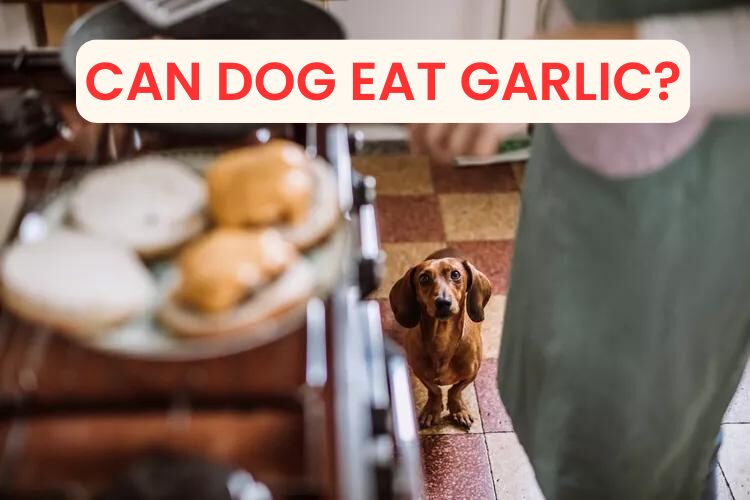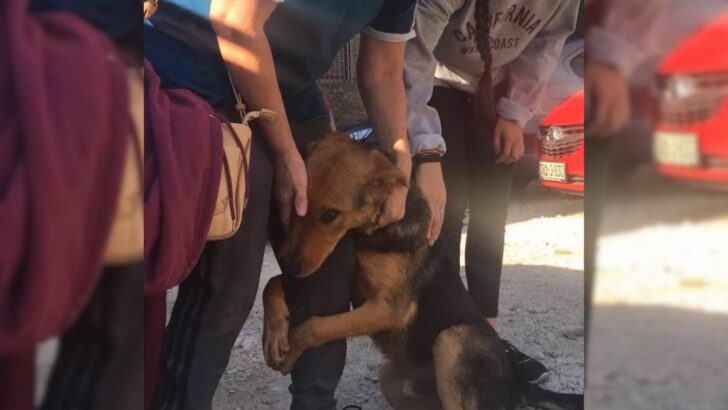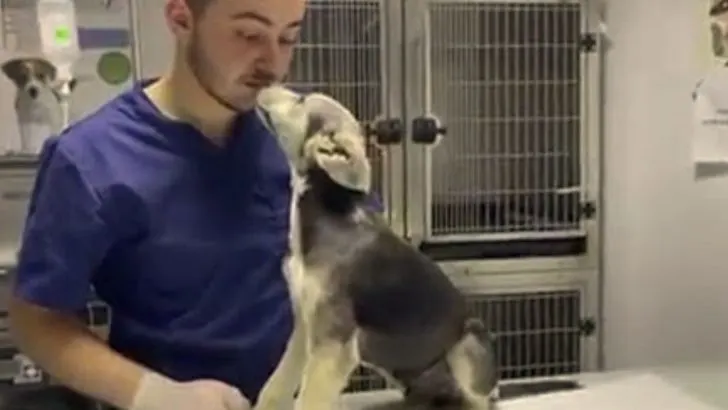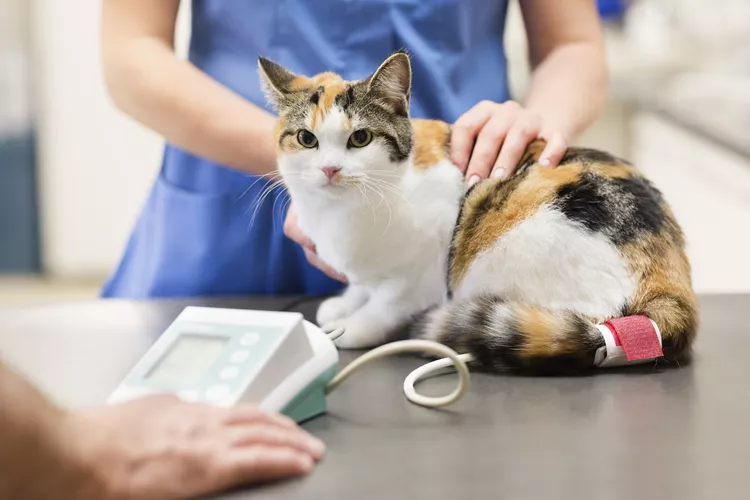Garlic brings delicious flavor to all sorts of savory dishes and has a wide array of health benefits for humans. It has been shown to help with cholesterol, blood pressure, heart disease, and can even help combat the common cold!
Unfortunately, the same can’t be said for our dogs. Garlic, and all other members of the allium plant family, which includes other cooking staples such as onions, scallions, and chives, are all toxic when ingested.
Why is Garlic Toxic to Dogs?
Garlic, and all members of the allium family, contain chemical compounds that, while completely harmless in people, can be detrimental for dogs. Specifically, the compounds found in garlic can damage your dog’s red blood cells, causing a type of anemia called hemolytic anemia. Dogs that have ingested garlic may also show signs of gastrointestinal upset as their GI tract won’t be used to digesting it.
What Parts of a Garlic Plant is Toxic to Dogs?
You may purchase your garlic from the grocery store, either in whole bulbs or in pre-minced jars. If you have a vegetable garden and utilize it in your cooking often, you may have a plant or two in your yard.
All parts of a garlic plant should be considered toxic to your dog. A dog that has eaten the leaves or stems of a garlic plant should be treated the same as one that eats the bulb or cloves.
How Much Garlic is Toxic for Dogs?
Garlic is one of the most toxic members of the allium family. Garlic toxicity has been found at doses as low as 5 grams of garlic per kilogram of body weight. Toxicity can build if garlic is given in smaller amounts over a relatively short time.
It should be noted that the average clove of garlic is only about 5 grams, so most dogs would need to eat a lot of garlic to see any adverse effects. Of course, all dogs are different and your dog may be more sensitive than most. Keep in mind that garlic powder is far more potent than fresh garlic. This can be found in products like seasoning packets and soup mixes. So, even if your dog gets into a little bit of garlic, you should contact your veterinarian just to be safe.
Symptoms of Garlic Toxicity
Hemolytic anemia can be a serious condition. If it’s not treated in a timely manner your dog’s condition may deteriorate quickly, so it’s important to know what the signs are.
Signs of hemolytic anemia caused by garlic toxicity can include:
As your dog’s red blood cells are destroyed your dog will be less proficient at carrying oxygen to all the parts of their body. This accounts for the weakness and the lethargy. It can also account for the rapid breathing, as your dog may try to compensate by bringing more oxygen into their lungs.
Pale gums are a direct result of your dog’s anemia, as healthy red blood cells give your dog’s gums their normal color. Of course, some dogs may normally have gums that appear pale pink in color, so it’s important for you to know what your dog’s normal gum color is.
Garlic can also cause gastrointestinal upset, the symptoms of which can include:
If you notice any of the above symptoms in your dog, especially the symptoms of hemolytic anemia, seek veterinary care immediately.
Treatment of Garlic Toxicity in Dogs
When you arrive with your dog at the vet, the course of treatment may depend on how much garlic has been consumed and when it was eaten.
If not much time has passed since ingestion, your vet may administer medication to induce vomiting. This can be effective if the garlic has not had enough time to be absorbed and start affecting the red blood cells. After you dog vomits, your vet may administer another medication to stop further vomiting. They may also give activated charcoal as this helps to prevent absorption of any remaining garlic in the gastrointestinal tract.
Blood work will be performed to evaluate your dog’s red blood cell count and how well their organs are functioning. Even if initial blood work is normal, your vet may recommend that it be rechecked since signs of toxicity may not be seen for a few days. If your dog develops severe anemia, hospitalization and fluid therapy may be required. In extreme cases, blood transfusions are needed.
Speedy and thorough treatment is required for severe anemia caused by garlic toxicity. If this is not pursued it can prove to be fatal. This is why prompt veterinary assistance is important.
Safe Vegetable Alternatives
Garlic may be unsafe for your dog to eat, but that doesn’t mean all the vegetables you cook with are dangerous. Green beans, carrots and cucumbers are all examples of healthy and safe alternatives for your dog to snack on while you cook.
Of course, as with any new treat or food item, check with your veterinarian before offering it to your dog and always feed in moderation. Snacks and treats should make up no more than 10 percent of your dog’s regular diet.







